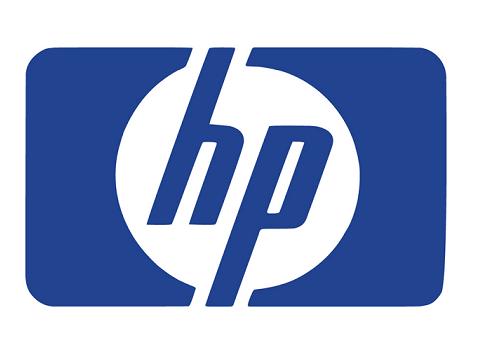Talent Analytics or Human Workforce Analytics is a way to analyze data and generate insights for meeting the complex needs of the HR and business, and thereby enable high performance organizations. In the traditional HR role, the expectation was to somehow manage the people processes through insight and interpersonal relationships. Thus, the complex understanding of organizational and human dynamics happen by a most subjective process of hearsay, observation and interpretation.
Though the field of business analytics has made great strides in the recent years, HR processes have not yet caught up to the task of analyzing these complex dimensions to make decisions on talent management, be it acquisition, development or retention. The typical tasks that would fall under these heads would be assessing capabilities, identifying leadership behaviors, predicting performance indicators or studying retention patterns. A Forbes survey among 480 large global organisations reveals that only 4 per cent of organisations have achieved the capability to perform predictive analytics through Big Data. If we look at the Indian market, the statistics look bleaker. Leveraging on analytics would mean an improvement in workforce planning, alignment of organizational capabilities, improvement of business strategies, all of which lead to improved organizational performance. . Not only would it help in deciding what kind of results one can achieve by various learning programs, it could also help optimize what kind of delivery vehicle should be used to impart training, be it face to face interactions, be it ILT, be it virtual classrooms.

Studies over the past decade have shown that a judicious use of Analytics in Human resources can help predict up to 80 per cent the employee turnover, can help in making recruitment decisions by predicting the probability of the potential candidate to remain with the organization for longer than a year. Most of the companies employing analytics in HR primarily use it for recruitment, compensation and Human resource planning.
But much of the work is done in micro level. The focus is still lacking at the strategic level. As per the KPMG report in 2012, most HR teams understand the potential value of HR analytics, but they offer only generic and basic operational and transactional measurements. These metrics are unable to provide predictive data or actual insights that could have a positive impact on the success of their organization (KPMG, 2012). This is because the people dealing with analytics in HR are not specialised and do not necessarily have the capabilities of understanding of the business process to maximise discovery of data and analysis results that are acceptable. The reason could be that HR is still seen as a back office function or a cost function. There are not adequate resources in form of skilled professionals available to use the complex analytical tools to unlock the power of analytics.
Tags: hr human capitalYou might like reading:

IIM Bodh Gaya successfully conducted the 3rd edition of Youth Entrepreneurship Summit (YES 2022)
Envision, the Centre for Entrepreneurship and Industrial Relations, IIM Bodh Gaya organised the third edition of its flagship event – Youth Entrepreneurship Summit (YES) 2022- A sustainable way, on 5th and 6th March 2022. This venture sought to provide a platform for early-age startups and young entrepreneurs to enrich and prove their mettle even in uncertain times. The title sponsor […]

Can HP change the industry with ConnectedMusic ?
Do you buy original music? Pirated music rules the roast when it comes to the music market. According to an AC Nielson study, the global music industry is valued at about 40-45 billion USD. The sale of original music though is only about 1.3% of digital music being downloaded, causing enormous losses due to copyright infringement. Interestingly, several companies like […]































@Sadaf Zia why do you think only 4% of organisations use analytics? How can more companies be made to use it?